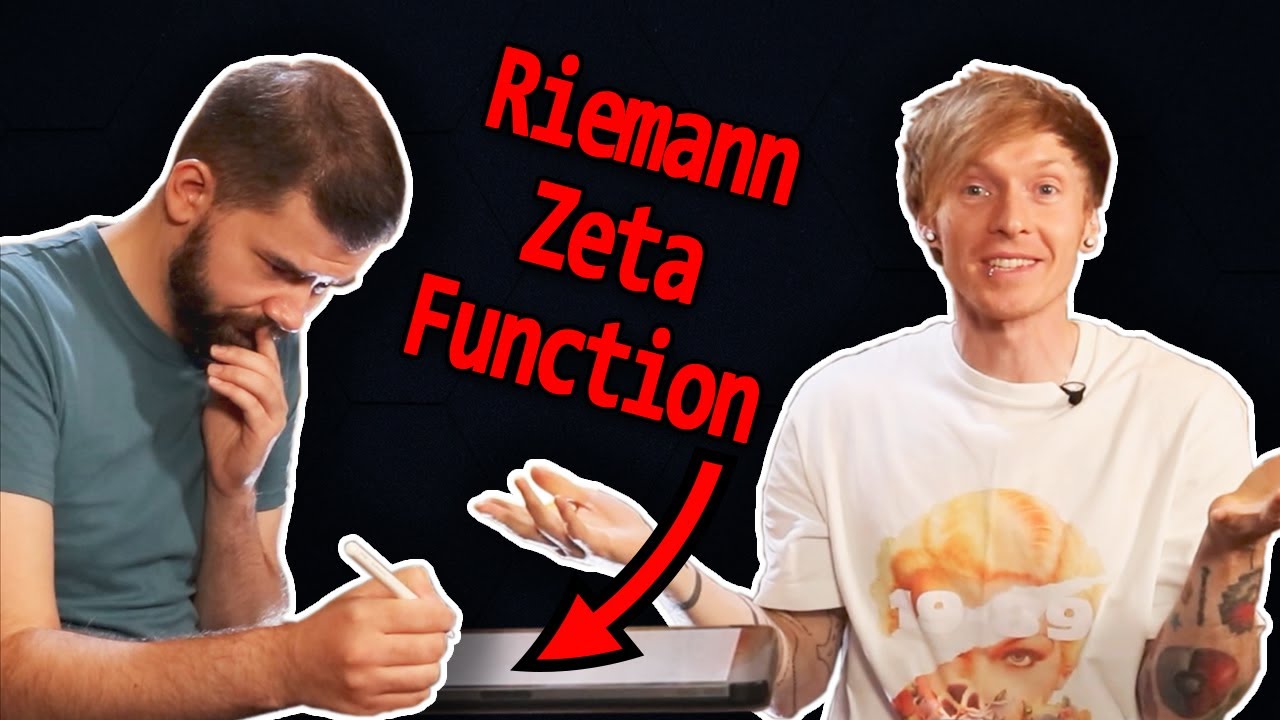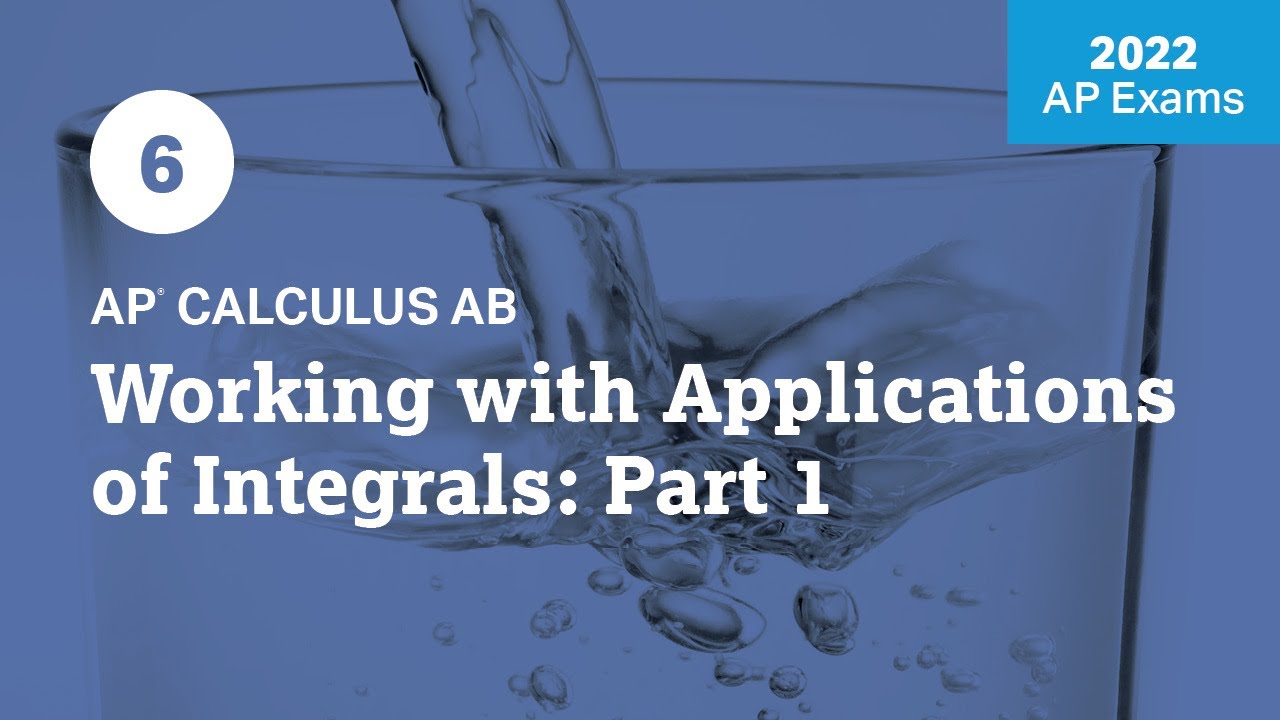#OXFORD Physics Interview!!
TLDRIn this sample interview, Andrew and Joe, both third-year physicists, engage in a discussion covering a range of topics. They explore mathematical concepts, such as second-order differential equations, and delve into physics, including simple harmonic motion and buoyancy. The interview also touches on optimization problems, like the quickest path to rescue someone from the sea, which leads to an analogy with Snell's law of refraction. The conversation is both educational and insightful, demonstrating the application of physics and mathematics in solving real-world problems.
Takeaways
- 📚 The interview is a blend of physics and mathematics, focusing on problem-solving and conceptual understanding.
- 🔍 The first question involves sketching the second derivative of y with respect to x and understanding its implications on the behavior of a function.
- 📈 The second derivative indicates how the slope of a function changes with respect to x, with positive values indicating increasing slope and negative values indicating decreasing slope.
- 🧩 The interviewee uses a trial solution approach to solve a second-order differential equation, which is a common method in physics and engineering.
- 🌐 The cosine function is identified as a solution to the differential equation, illustrating the connection between mathematical functions and physical phenomena like simple harmonic motion.
- ⚗️ The discussion on buoyancy and Archimedes' principle highlights the importance of density in determining whether an object will float or sink.
- 🔄 The interview explores the concept of simple harmonic motion as it relates to a sphere displaced in water, drawing parallels to oscillating systems.
- ⏱️ The period of oscillation for the displaced sphere is derived using principles of simple harmonic motion, showcasing the application of physics to real-world scenarios.
- 🏖️ The final question presents a scenario involving running and swimming to save someone in the sea, which is a classic optimization problem.
- 📐 The interviewee uses geometric and algebraic methods to determine the optimal path to minimize time, demonstrating analytical skills.
- 🔗 The optimization problem is related to Snell's law of refraction, showing an interdisciplinary connection between physics and mathematics.
Q & A
What is the main focus of the interview?
-The interview focuses on a mix of mathematical and physics questions, aiming to assess the interviewee's understanding and problem-solving skills in both subjects.
What is the significance of the second derivative in the context of the interview?
-The second derivative of a function describes how the gradient of the function changes with respect to x, indicating whether the function is curving upwards (positive second derivative) or downwards (negative second derivative).
How does the interviewee approach solving the second order differential equation?
-The interviewee uses a trial solution in the form of an exponential function, substitutes it into the differential equation, and solves for the unknown constant to find the solution.
What physical phenomenon does the differential equation with a second derivative represent?
-The differential equation with a second derivative represents simple harmonic motion, which is a type of oscillatory motion where the restoring force is proportional to the displacement.
What material property determines whether an object will float or sink in a fluid?
-The material property that determines whether an object will float or sink is its density. An object will float if its density is less than the density of the fluid it is placed in.
What is the principle that explains the buoyant force acting on an object submerged in a fluid?
-Archimedes' principle explains the buoyant force, stating that the buoyant force on an object submerged in a fluid is equal to the weight of the fluid displaced by the object.
How does the interviewee derive the relationship between the density of a floating sphere and the fluid it is floating in?
-The interviewee uses the condition of equilibrium, where the buoyant force equals the weight of the sphere, and the fact that half of the sphere's volume is submerged to derive the relationship between the densities.
What assumption is made when considering the oscillations of a displaced floating object?
-The assumption made is that the displacement of the object is small enough such that the radius of the object does not change significantly, allowing for the use of simple harmonic motion equations.
How does the interviewee find the period of oscillations for a displaced floating sphere?
-The interviewee derives an expression for the period of oscillations using the principles of simple harmonic motion, taking into account the increased buoyant force due to the additional volume of fluid displaced by the sphere.
What principle is analogous to the problem of finding the shortest time path from land to a person in the sea?
-The principle analogous to this problem is Snell's law from optics, which describes the path light takes when moving between different media with different refractive indices.
How does the interviewee optimize the path to reach a person in the sea in the shortest amount of time?
-The interviewee sets up an equation for the total time taken to reach the person in the sea, considering the different speeds of running on land and swimming in water, and then uses calculus to find the optimal path that minimizes the total time.
Outlines
👋 Introduction and Overview
The interview begins with an introduction by Andrew and Joe, both third-year physicists. They explain the format of the interview, which will include both math and physics questions. The first question involves sketching the second derivative of y with respect to x.
📉 Understanding the Second Derivative
Joe discusses the behavior of the second derivative, explaining how it indicates the change in the gradient of a function. He sketches a graph based on the information that the function has a maximum at x=0, describing the sign and behavior of the gradients.
🌀 Oscillatory Functions and Simple Harmonic Motion
Joe identifies the function as resembling a cosine curve, leading to a discussion of simple harmonic motion. They confirm the solution by plugging in the cosine function and relate the second-order differential equation to physical systems exhibiting simple harmonic motion.
⚖️ Buoyancy and Density
The discussion shifts to the principles of buoyancy and density. Joe explains the conditions for an object to float, the buoyancy force, and Archimedes' principle. He derives an expression linking the density of a sphere and the fluid it floats in, under the assumption of half-submersion.
🌊 Oscillations and Simple Harmonic Motion in Fluids
Joe explains that a sphere displaced in water will oscillate due to the varying buoyancy force. He derives the period of oscillations by calculating the additional buoyant force when the sphere is displaced, using principles of simple harmonic motion.
📏 Deriving the Optimal Path for Minimal Time
Joe tackles the problem of finding the shortest time path for a person running on land and then swimming in water to rescue someone at sea. He formulates the total time equation, differentiates it to find the minimum time, and discusses the geometry involved.
🔄 Simplifying the Time Optimization Problem
The expression for the total time is simplified using geometric arguments. Joe relates the problem to Snell's law of refraction, drawing parallels between the path of light through different media and the optimal path for the rescue scenario.
🔍 Discovering Snell's Law
Joe concludes by deriving Snell's law through the optimization method, explaining how it applies to the problem of minimizing time for rescue. This derivation demonstrates the principle of least time, similar to Fermat's principle in optics.
Mindmap
Keywords
💡Second derivative
💡Differential equation
💡Trial solution
💡Gradient
💡Simple harmonic motion
💡Buoyancy force
💡Density
💡Archimedes' principle
💡Simple harmonic motion (SHM)
💡Optimization
💡Snell's Law
Highlights
Interview begins with an introduction to the format, combining both maths and physics questions.
First question asks to sketch the second derivative of y with respect to x, leading into a discussion on second order differential equations.
Behavior of the second derivative is explored, describing how it indicates changes in the gradient of a function.
A trial solution using an exponential form is suggested to solve the differential equation.
The function's maximum at x equals zero is used to infer the sign of gradients and the behavior of the function.
The function's resemblance to a cosine curve is noted, leading to the trial solution y = cos(x).
The trial solution is verified by taking the first and second derivatives and comparing them to the original equation.
The concept of simple harmonic motion is introduced, drawing parallels to the behavior of the function.
The material property determining whether an object floats or not is discussed, focusing on density.
Archimedes' principle is mentioned, relating to the buoyancy force and the displaced water.
An expression for the buoyancy force is derived, linking the densities of the sphere and the fluid.
The condition for a sphere to float with half its volume submerged is explored, leading to an equation relating densities.
The period of oscillations for a displaced sphere is calculated, using principles of simple harmonic motion.
An assumption about the small displacement of the sphere is discussed, and its impact on the problem's solution.
The interviewee is asked to find the optimal path to reach a person in the sea from the beach, considering different speeds on land and water.
The optimization problem is approached by differentiating the total time expression with respect to the running distance.
Snell's law is derived through the optimization process, drawing an analogy to the refraction of light.
The refractive index is related to the speeds in different media, completing the analogy with light refraction.
The interview concludes with a summary of the derived Snell's law and its implications.
Transcripts
Browse More Related Video

Problem Solving with Velocity and Acceleration (Differential Equations 8)

Oxford University Engineering Interview

How Hard is an Oxford Maths Interview? Feat. Tom Rocks Maths

Physics Demonstration Interview

2022 Live Review 6 | AP Calculus AB | Working with Applications of Integrals: Part 1

NEED OF INTEGRATION IN PHYSICS : PART 1 | MATHEMATICAL TOOLS
5.0 / 5 (0 votes)
Thanks for rating: